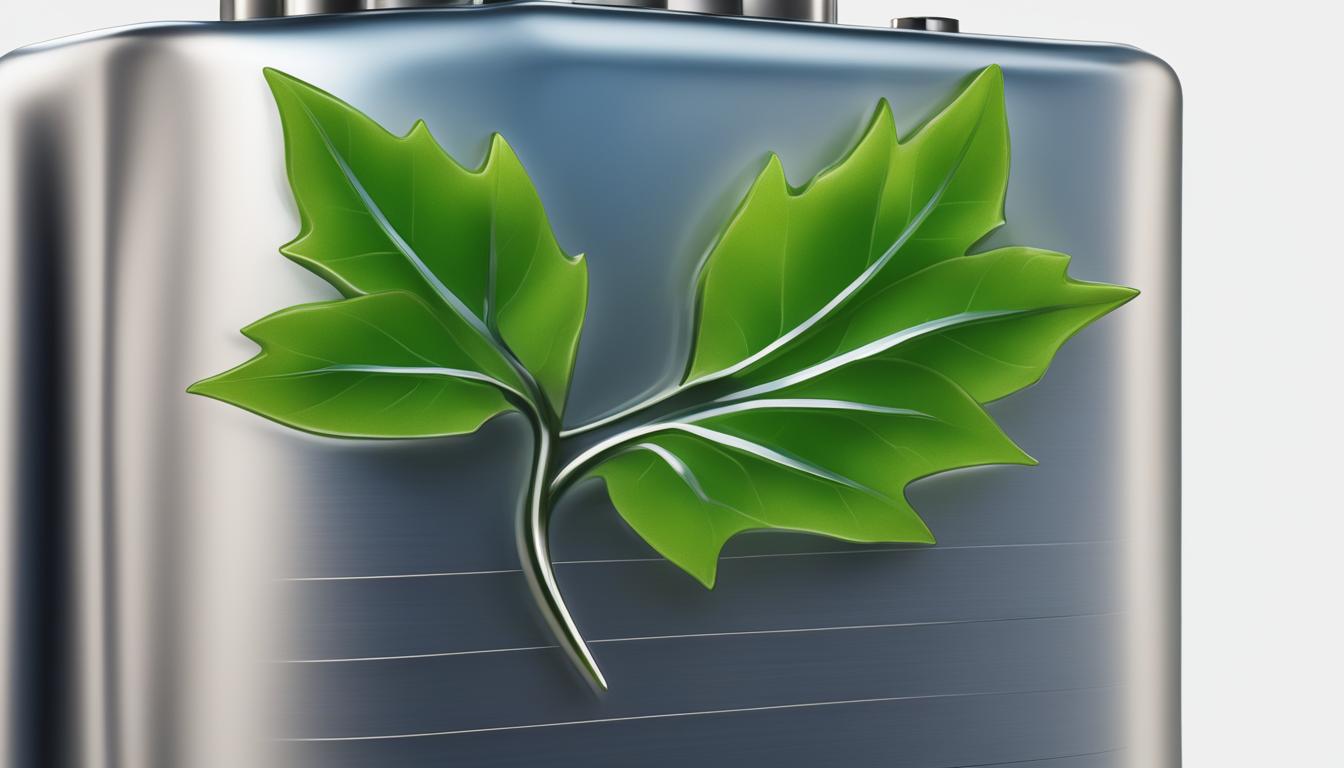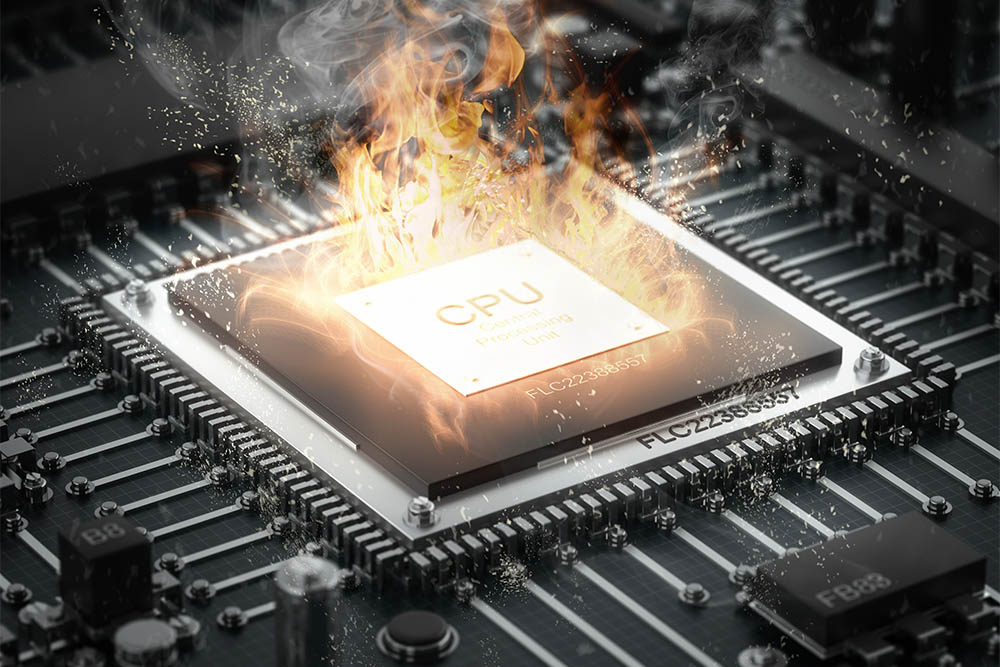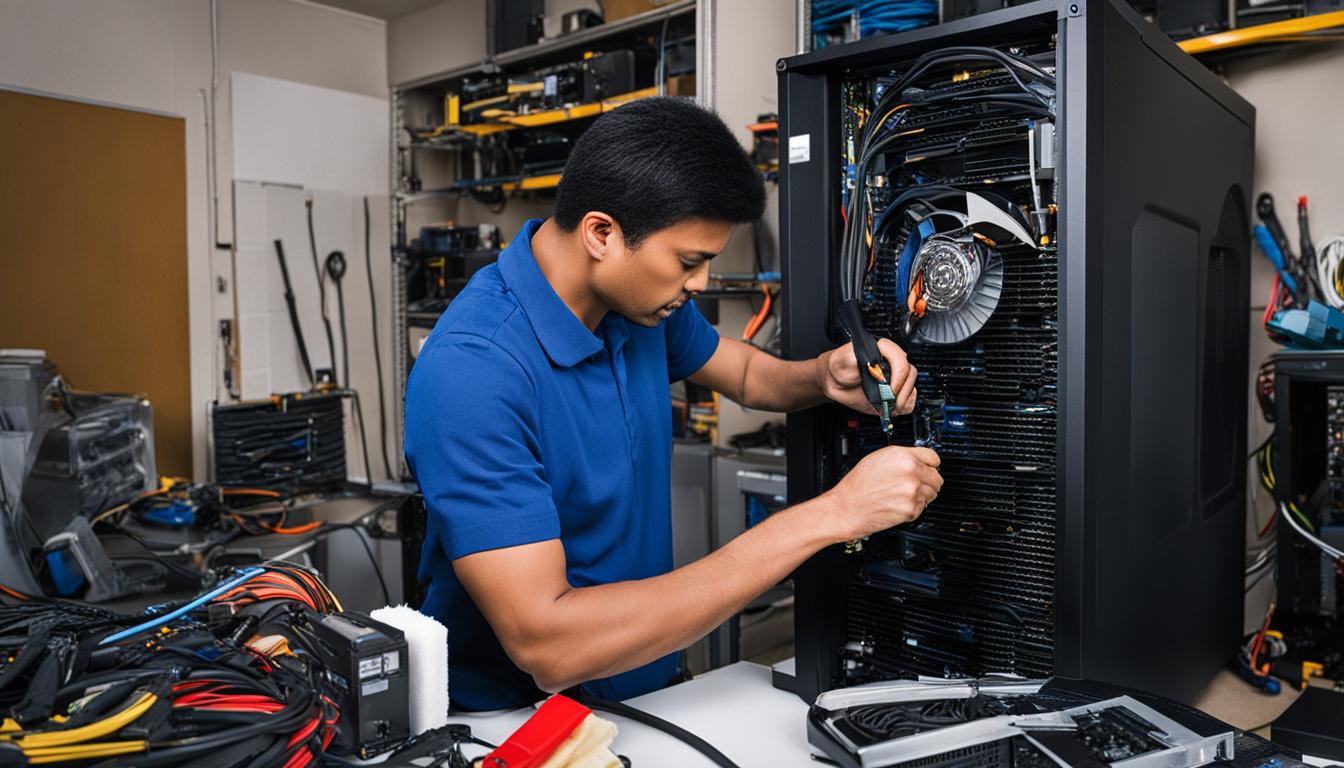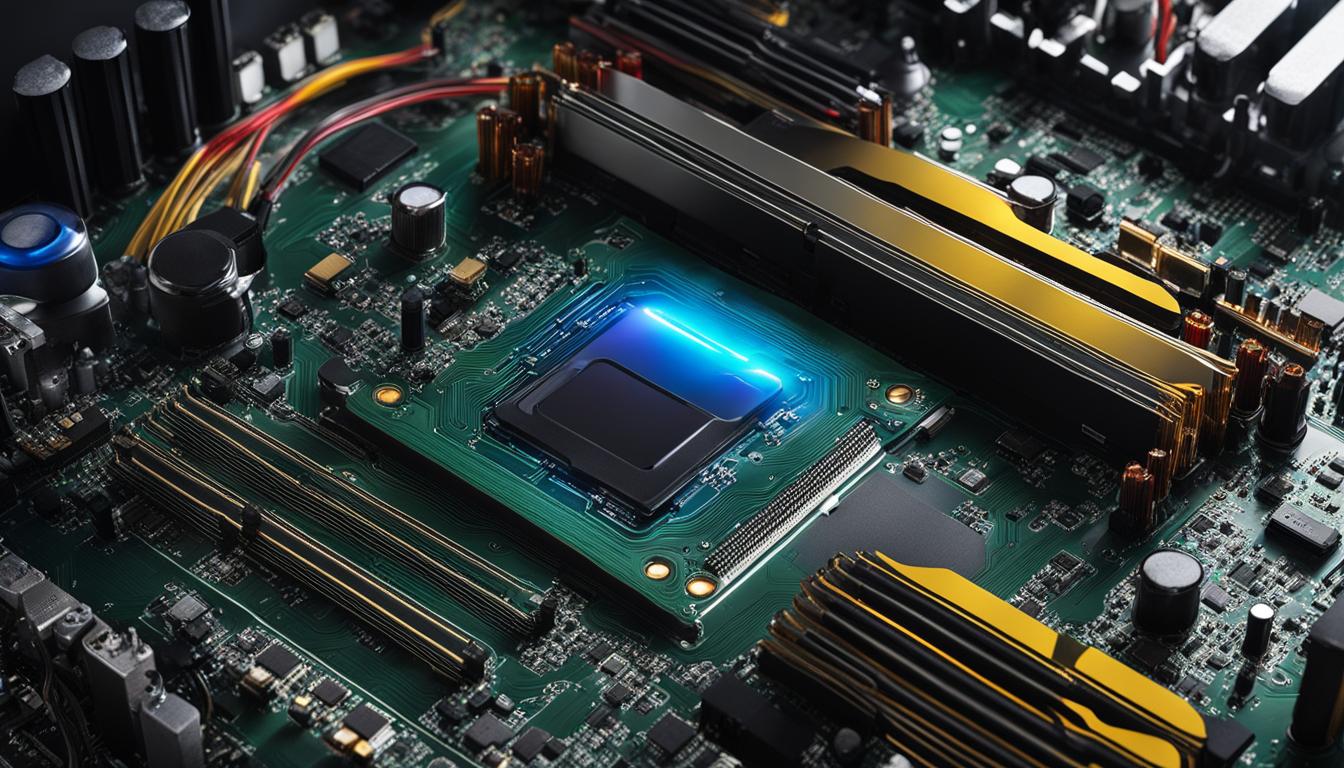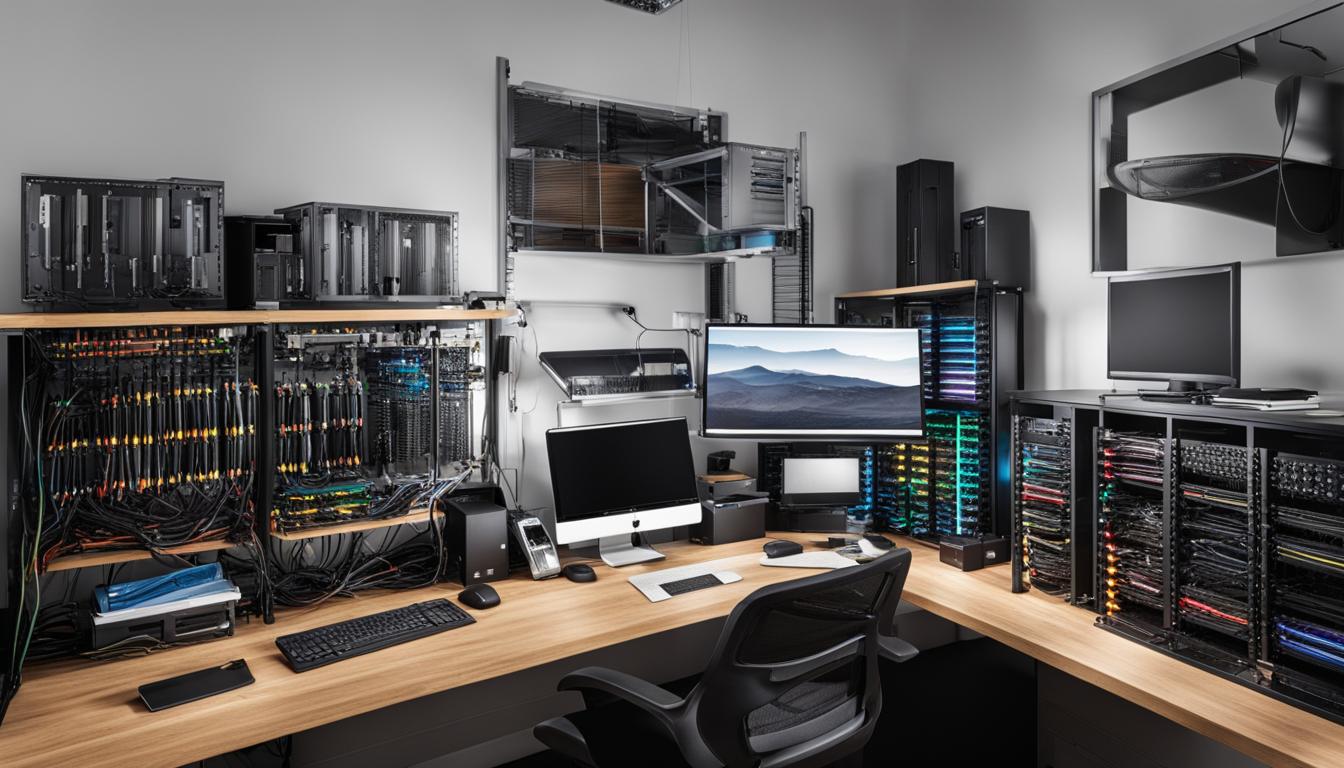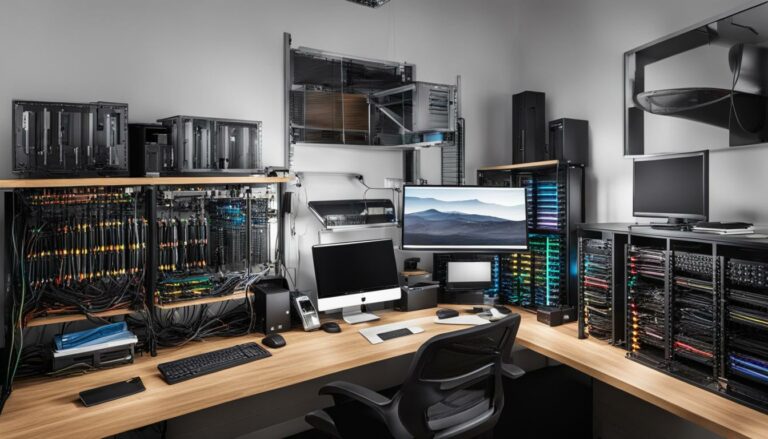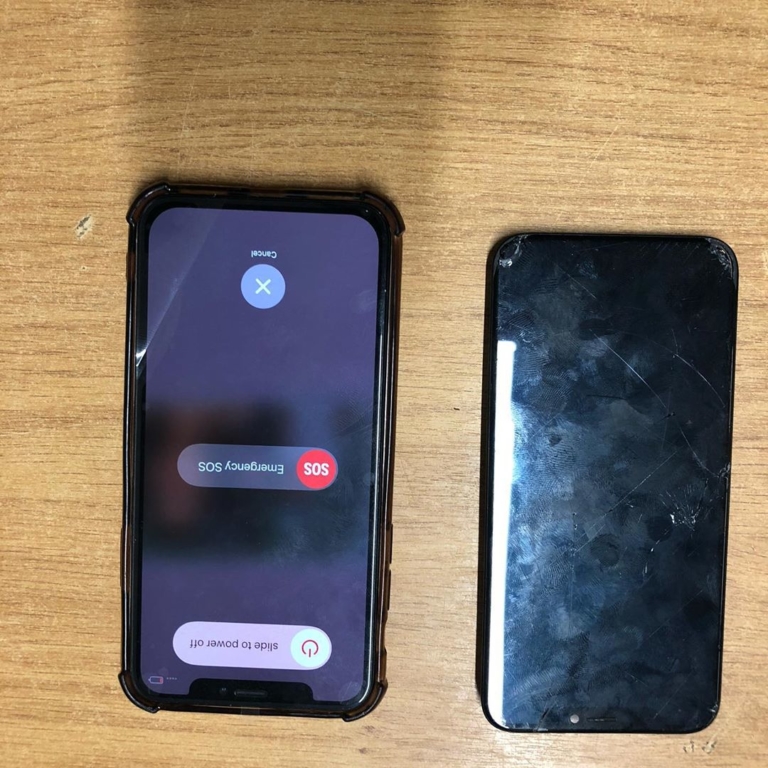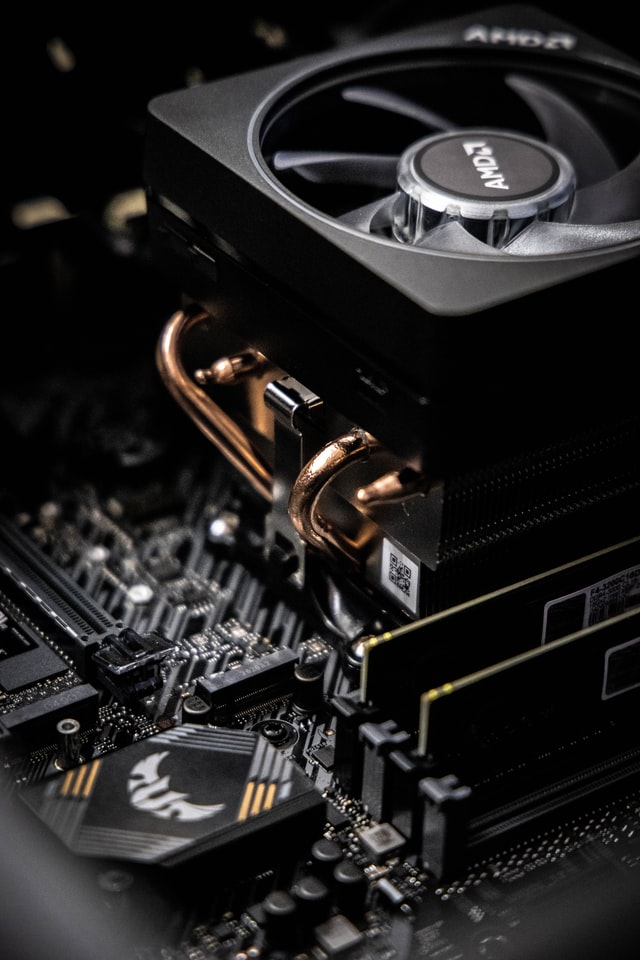Tips for maintaining your computer’s battery health
Are you looking to prolong the battery life of your computer and optimize its performance? It’s essential to follow proper battery maintenance techniques. By taking care of your battery, you can ensure its longevity and efficiency. In this article, we will provide you with valuable battery optimization tips and techniques that will help you maintain your computer’s battery health.
Managing battery capacity is crucial for maintaining your computer’s battery health. Avoid completely draining the battery or overcharging it, as this can lead to battery deterioration. It is also important to protect your device from extreme temperatures, as high or low temperatures can negatively impact battery performance. Additionally, proper storage of your device when not in use is essential to prevent battery expansion and ensure its long-term health.
Stay tuned for the next sections where we will discuss maximizing battery health and performance, proper storage techniques, checking battery health with a detailed report, laptop battery care best practices, managing temperature for battery health, and conclude with valuable insights on how to optimize your computer’s battery life.
Maximizing battery health and performance
To maximize the health and performance of your computer’s battery, it is recommended to keep the battery level between 20% and 80% several times a week. This helps prevent excessive charging and discharging, which can lead to battery deterioration. If your device supports smart charging, enable it to maintain the recommended battery level. It is also important to avoid using or charging your device at high temperatures, as this can accelerate battery deterioration.
When the battery level consistently stays at 100% or drops to 0% frequently, it puts stress on the lithium-ion cells and reduces their lifespan. By keeping the battery level between 20% and 80%, you can prolong the overall health of your battery.
In addition to managing the battery level, enabling smart charging on your device can further optimize battery health. Smart charging allows your device to intelligently charge the battery to a specific level and then stop charging, preventing overcharging and extending the battery’s lifespan. Check your device’s settings or user manual to see if it has a smart charging feature and how to enable it.
High temperatures can also have a detrimental effect on battery health. Heat can cause the lithium-ion cells inside the battery to degrade faster, reducing capacity and overall performance. It is important to avoid using or charging your device in hot environments or exposing it to direct sunlight for extended periods. If you notice that your device is getting unusually hot, it is advisable to give it a break and let it cool down before using or charging it again.
Tips for maximizing battery health and performance:
- Keep the battery level between 20% and 80% several times a week
- Enable smart charging if supported by your device
- Avoid using or charging your device at high temperatures
By following these tips, you can maximize the health and performance of your computer’s battery, ensuring it lasts longer and operates optimally.
Proper Storage of Your Device and Battery
When it comes to storing your laptop or other portable device for a long period of time, taking the necessary precautions can help maintain the longevity of your battery and prevent potential safety risks. One important aspect of proper storage is ensuring that your device is stored with a charged battery. However, it’s essential to keep the battery level below 50% capacity.
While it may seem counterintuitive, fully charged batteries tend to lose capacity faster when stored. On the other hand, completely draining the battery before storage can lead to battery expansion and potential safety hazards. In cases where the battery deteriorates significantly, the lithium-ion cells within it may expand, which can compromise the overall safety of the device.
Therefore, the best practice for long-term storage is to maintain the battery level between 20% and 50%. This ensures that the battery retains some charge without reaching full capacity. By following this recommendation, you can mitigate the risks of both capacity loss and battery expansion.
| Storage Tips | Recommendations |
|---|---|
| Charge Level | Keep battery level between 20% and 50% capacity |
| Storage Duration | Store for long periods, such as months or more |
| Battery Expansion | Avoid complete battery discharge before storage |
By adhering to these storage practices, you can help maintain the capacity and overall health of your device’s battery, ensuring that it remains in optimal condition when you’re ready to use it again.
Checking battery health with a detailed report
If you want to gain valuable insights into the health and performance of your computer’s battery, Windows 11 provides a convenient way to check battery usage and estimated capacity. By generating a detailed battery report using the powercfg command-line option, you can access essential information about your battery’s condition.
To generate the battery report, follow these simple steps:
- Open the Command Prompt by typing “cmd” in the Windows search bar and selecting “Command Prompt” from the results.
- In the Command Prompt window, type “
powercfg /batteryreport” and press Enter. - Windows will generate a battery report, which is stored as an HTML file. You can locate the file by opening File Explorer and navigating to the following path: “
C:\Windows\System32\battery-report.html“.
Once you have accessed the battery report, you can explore various sections that provide valuable insights. The report includes information about the installed battery, recent usage, battery capacity history, and more. You can analyze the report to identify any patterns or trends that may affect your battery’s health and performance.
By regularly checking the battery report and monitoring key metrics such as estimated capacity, you can proactively take steps to maintain your battery’s health. For example, if the report shows a decline in capacity over time, you may consider adjusting your usage habits or implementing battery-saving techniques to optimize your battery’s performance.
Battery Report Example:
| Installed Batteries | Information |
|---|---|
| Battery Name | Laptop Battery |
| Manufacturer | ABC Electronics |
| Designed Capacity | 50,000 mWh |
| Full Charge Capacity | 45,000 mWh |
| Recent Usage | 2 hours |
This table showcases a sample section of a battery report. It provides key information about the installed battery, including the battery name, manufacturer, designed capacity, full charge capacity, and recent usage. By reviewing these metrics, you can have a better understanding of your battery’s health and make informed decisions to optimize its performance.
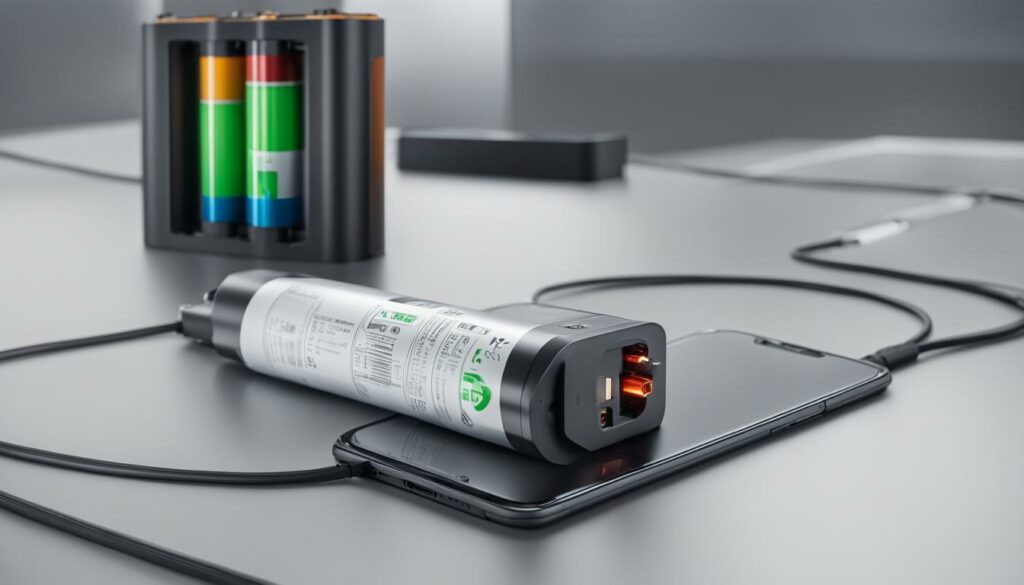
Checking your battery’s health with a detailed report is a valuable practice for maintaining your computer’s battery and maximizing its lifespan. By leveraging the powercfg command in Windows 11, you can gain insights into battery usage, estimated capacity, and more. Regularly monitoring your battery’s health allows you to make informed decisions and adopt effective battery maintenance techniques.
Best practices for laptop battery care
Proper care and maintenance of your laptop’s battery are essential for ensuring its longevity and optimal performance. By following these best practices for laptop battery care, you can maximize its lifespan and minimize the chances of encountering battery-related issues.
Save cycles by avoiding frequent full discharges and charges
Lithium-ion batteries, commonly used in laptops, have a limited number of charge cycles. To optimize the lifespan of your laptop’s battery, it is advisable to avoid frequent full discharges and charges. Instead, aim to keep your battery’s charge level between 20% and 80% whenever possible. This approach helps prevent unnecessary strain on the battery and prolongs its overall lifespan.
Avoid keeping your laptop plugged in continuously at full charge
While it may be tempting to keep your laptop plugged in all the time, especially when working from a fixed location, it is important to avoid continuously charging it to full capacity. Constantly charging the battery at maximum capacity can cause it to degrade over time. To maintain your laptop’s battery health, it is recommended to unplug your laptop once it reaches around 80% charge and only plug it back in when the battery level drops to around 20%.
Practice proper battery memory management
Lithium-ion batteries do not suffer from the memory effect that was common with older battery technologies. In fact, completely draining your laptop’s battery regularly can have a negative impact on its overall lifespan. Instead, aim to partially discharge the battery before recharging it. This practice helps optimize the battery’s lifespan and ensures that it retains its charging capacity over time.
Maintain a suitable operating temperature
Excessive heat can significantly impact the health and performance of your laptop’s battery. It is important to ensure that your laptop remains within a suitable temperature range for optimal battery care. Avoid using your laptop in hot environments and ensure proper ventilation to prevent overheating. Additionally, avoid exposing your laptop to extreme cold temperatures, as this can also affect battery performance.
| Best Practices for Laptop Battery Care |
|---|
| Save cycles by avoiding frequent full discharges and charges |
| Avoid keeping your laptop plugged in continuously at full charge |
| Practice proper battery memory management |
| Maintain a suitable operating temperature |
Managing Temperature for Battery Health
Proper temperature management is crucial for maintaining the health and efficiency of your laptop’s battery. Excessive heat can have a detrimental effect on battery performance and lifespan. When the battery becomes too hot, it can degrade faster and experience a reduction in capacity. To ensure optimal battery health, it is essential to prioritize laptop ventilation and avoid exposing your device to extreme temperatures.
Laptop ventilation plays a key role in preventing overheating and preserving battery efficiency. It is important to keep the air vents unobstructed to allow for proper airflow and cooling. These vents are designed to intake cool air and expel hot air, helping to maintain a stable operating temperature for both your laptop and its battery. Regularly cleaning the vents and ensuring that they are free of dust and debris can further enhance cooling and prevent heat buildup.
Moreover, it is vital to be mindful of the storage temperature of your laptop. Extreme temperatures, both high and low, can adversely affect battery health. When storing your device, it is recommended to keep it in a cool temperature range. Exposure to high temperatures can accelerate battery deterioration, while extreme cold can reduce battery efficiency temporarily. By storing your laptop in a moderate temperature environment, you can help maintain the integrity and longevity of its battery.
| Temperature Management Tips | Effect on Battery Health |
|---|---|
| Ensure proper laptop ventilation | Prevents overheating and maintains battery efficiency |
| Avoid exposing your laptop to extreme temperatures | Reduces the risk of battery deterioration |
| Store your laptop in a cool temperature range | Preserves battery integrity and longevity |
Expert Tip:
When using your laptop on a soft surface like a bed or a pillow, consider using a laptop cooling pad to enhance airflow and prevent heat buildup. This can significantly improve both laptop and battery performance.
By implementing these temperature management techniques, you can ensure that your laptop’s battery operates optimally and remains in good health for longer periods. Proper ventilation, avoidance of extreme temperatures, and appropriate storage conditions are essential for maximizing battery efficiency and longevity.
Conclusion
Taking proper care of your laptop’s battery is essential for optimizing its performance and prolonging its lifespan. By following the tips mentioned in this article, such as managing battery capacity, avoiding extreme temperatures, and practicing proper storage techniques, you can ensure that your laptop’s battery remains healthy.
Additionally, implementing battery-saving techniques, such as enabling power-saving modes and minimizing power consumption, can further enhance battery life. By adopting these practices, you can maximize the longevity and performance of your laptop’s battery. Remember, a healthy battery means longer usage and less frequent replacements.
So, make it a habit to keep your battery level between 20% and 80%, store your device with a charged battery but below 50% capacity for long-term storage, and avoid extreme temperatures to prevent battery deterioration. Utilize features like smart charging if available, and always keep an eye on your battery’s health and estimated capacity with the powercfg command in Windows 11.
By applying these battery life extension techniques and battery-saving tips, you can enjoy the convenience and efficiency of your laptop while ensuring that your battery remains in optimal condition. Remember, a well-maintained battery is the key to a long-lasting and reliable laptop.
FAQ
How can I maximize the health and performance of my computer’s battery?
To maximize battery health and performance, it is recommended to keep the battery level between 20% and 80% several times a week. Enable smart charging if supported by your device to maintain the recommended battery level.
How should I store my device and battery for long periods of time?
When storing your device for a long period, it is best to store it with the battery charged to below 50% capacity. Avoid completely draining the battery before storage to prevent potential safety risks.
How can I check the health of my battery?
In Windows 11, you can use the powercfg command-line option to generate a battery report. This report provides detailed information about your battery’s usage and estimated capacity.
Should I completely discharge and recharge my laptop’s battery?
No, lithium-ion batteries used in laptops do not require regular complete discharges. It is recommended to avoid frequent full discharges and charges to save cycles and optimize battery lifespan.
Can extreme temperatures affect my laptop’s battery?
Yes, excessive heat can degrade and wear out your laptop’s battery more quickly. Ensure proper ventilation for your laptop and avoid exposing it to both high and low temperatures.
How can I take proper care of my computer’s battery?
Follow tips such as managing battery capacity, avoiding extreme temperatures, and practicing proper storage techniques. Implement battery-saving techniques like enabling power-saving modes and minimizing power consumption.
